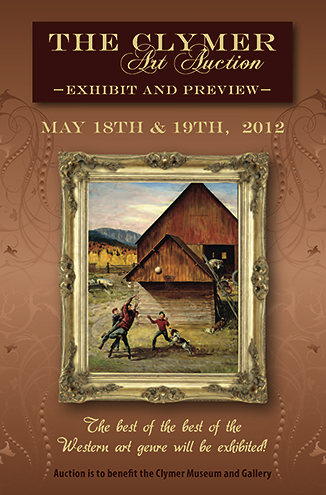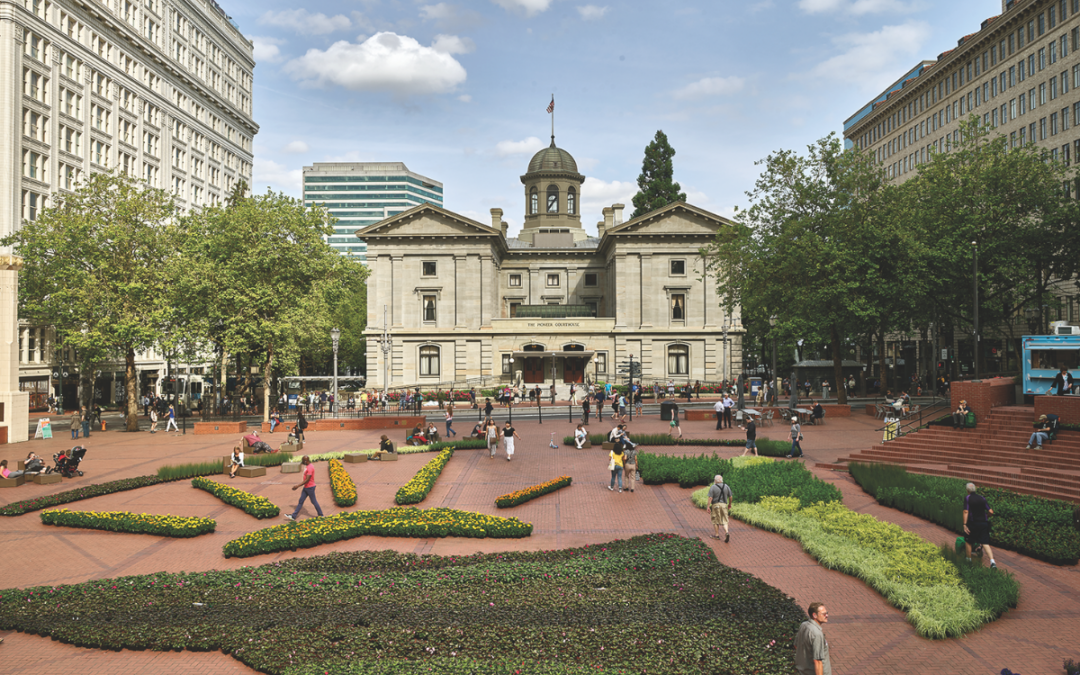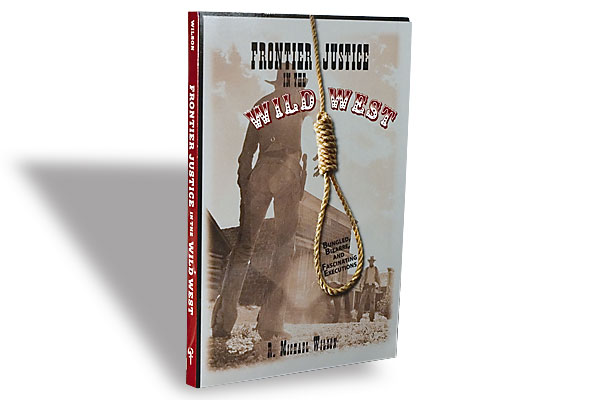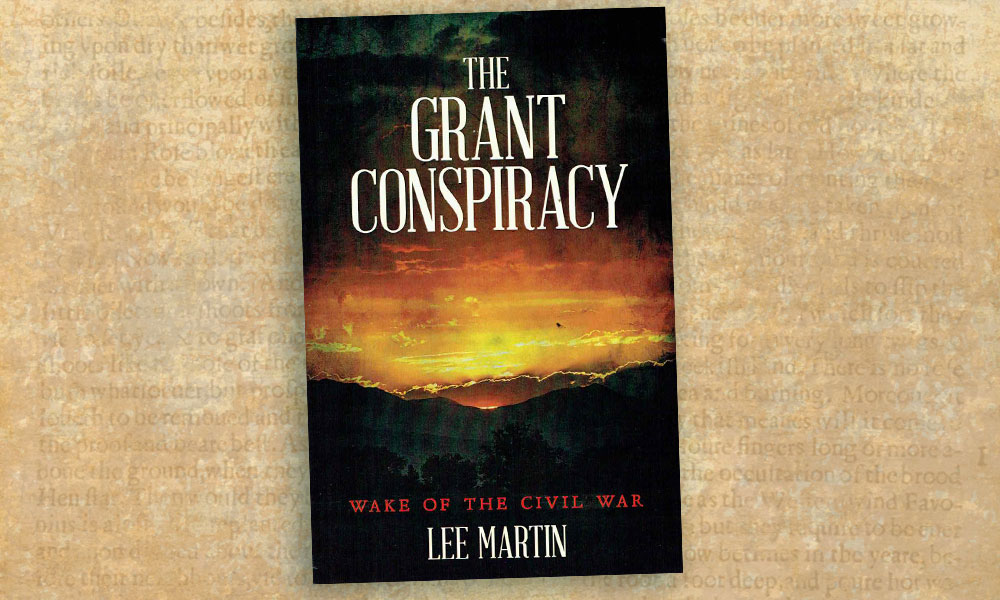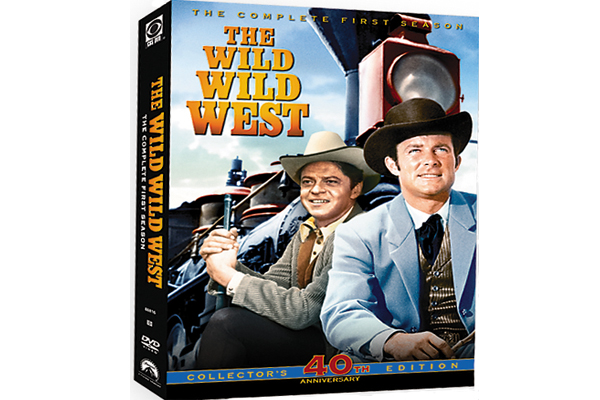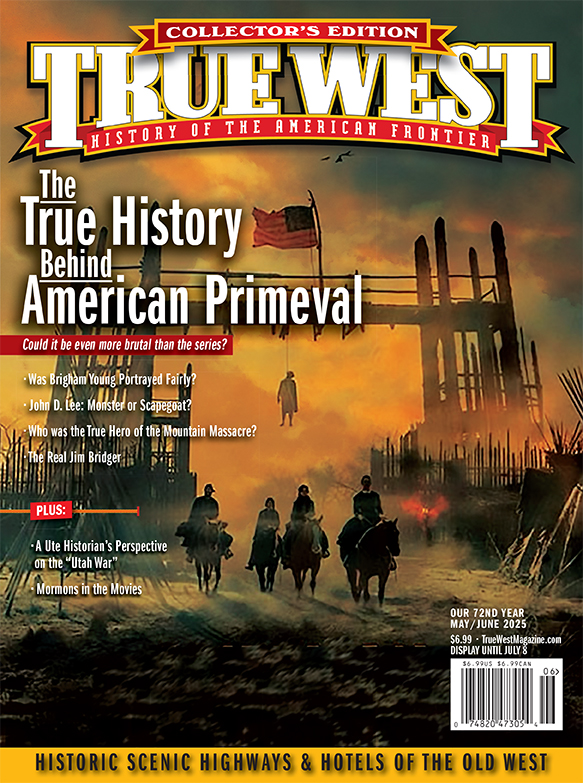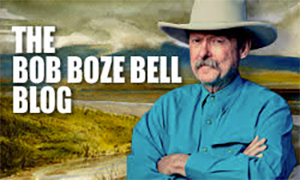Following the Footsteps of Legends:
A Journey Through Washington’s Wild Frontier
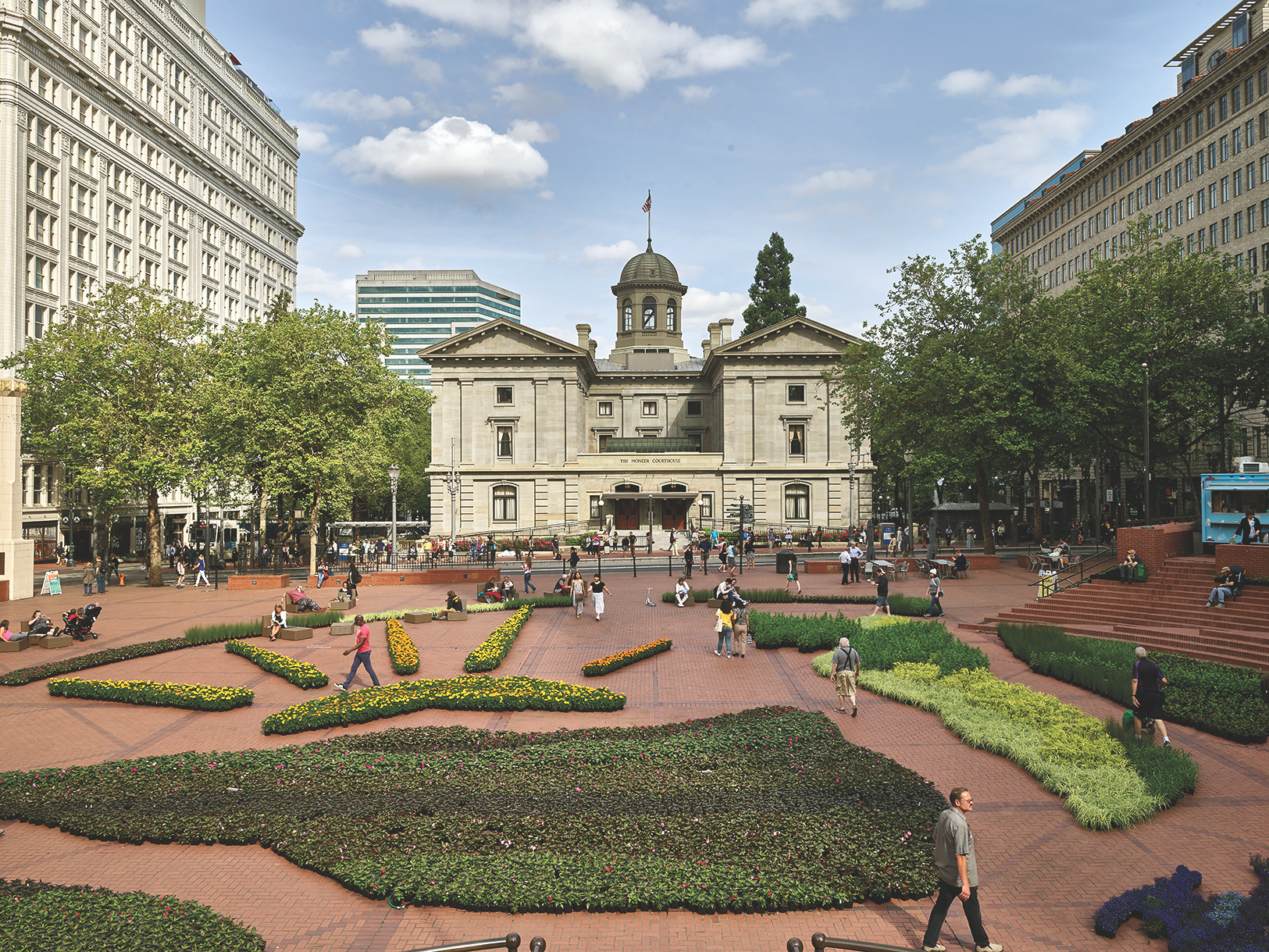
The road ahead is rich with history, where every town holds the stories of those who came before. This is a land of iron rails and cattle trails, where frontier lawmen upheld justice, outlaws carved their names into legend and fortunes shifted hands over a game of cards in dimly lit saloons. The echoes of the past whisper from weathered buildings, ring in the distant call of a train whistle and stretch across the open plains, where pioneers once carved out lives on the edge of civilization.
This journey isn’t just about seeing history—it’s about stepping into it. Every mile traveled uncovers a new chapter in Washington’s past, from the fur traders who first navigated its rivers to the Native nations who shaped its land, the cowboys who tamed the frontier, and the railroad barons who laid the steel tracks of progress. Whether exploring forts that once defended the wilderness or tracing the path of steam engines that connected distant towns, this route through Washington invites travelers to experience the grit, determination and spirit that built the Evergreen State
Portland to Vancouver:
The Fur Trade Gateway
Cross the Columbia River and arrive in Vancover, just 10 miles north of Portland. This is one of the Pacific Northwest’s oldest settlements, where history lingers in the air. Start at Fort Vancouver, the 1825 Hudson’s Bay Company trading post that became the heart of the fur trade. Stand where trappers and traders once bartered their goods and imagine the bustle of frontier life. Walk the shaded streets of Officer’s Row, where stately 19th-century homes still stand as silent witnesses to the past. Explore the Clark County Historical Museum’s collection of pioneer artifacts before hopping on the Chelatchie Prairie Railroad for a scenic ride through landscapes once ruled by steam locomotives.
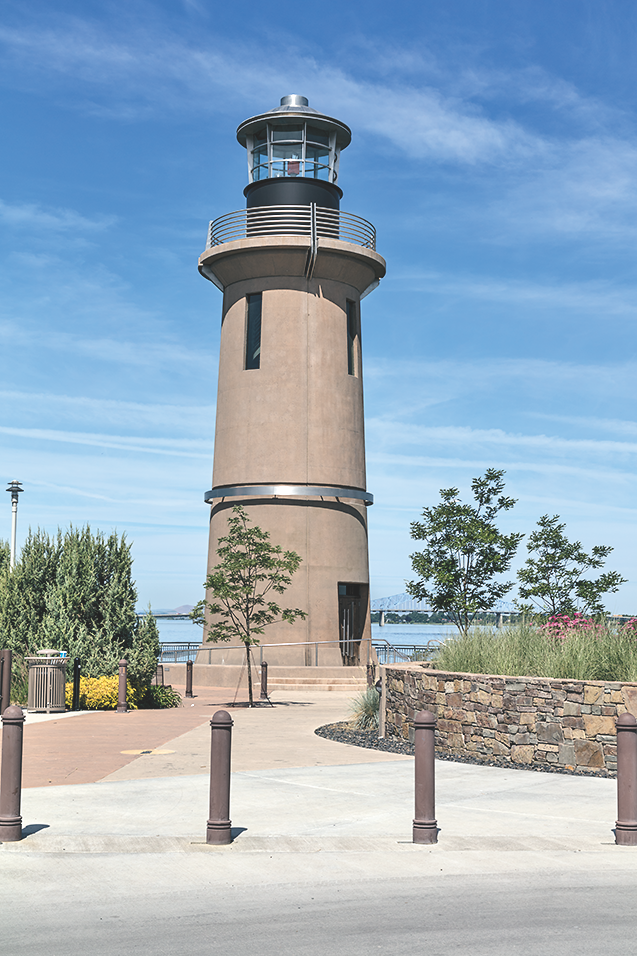
Vancouver to Kennewick:
The Columbia River Crossroads
Follow the mighty Columbia River eastward, tracing the 185-mile route once navigated by steamboats and settlers. Arriving in Kennewick, step into the past at the East Benton County Historical Museum, where relics from the steamboat era bring river trade to life. Walk along the waterfront and take in the stunning views from the Cable Bridge, a modern span over a river that has shaped the destiny of countless travelers. Feeling hungry? Settle in at Cedars at Pier One, a restaurant steeped in history, where meals are served with a view of the very river that fueled the region’s growth.
Kennewick to Walla Walla:
Wagon Trails and Forts
Turn east for 55 miles toward Walla Walla, where Oregon Trail pioneers once sought refuge. Explore the Whitman Mission National Historic Site, where a tragic clash of cultures left a lasting mark on the region’s history. Then visit Fort Walla Walla Museum, where original military buildings transport visitors back to the 1800s. Stroll through downtown, where historic brick buildings and restored saloons tell tales of boom and reinvention. Beyond history, Walla Walla is famous for its fertile soil. Sample renowned sweet onions and world-class wines at one of the boutique tasting rooms before checking in at the Marcus Whitman Hotel, a 1928 landmark. Then, dine at the Walla Walla Steak Co., a classic steakhouse in a historic rail car facility, serving premium Northwest beef with rustic charm.
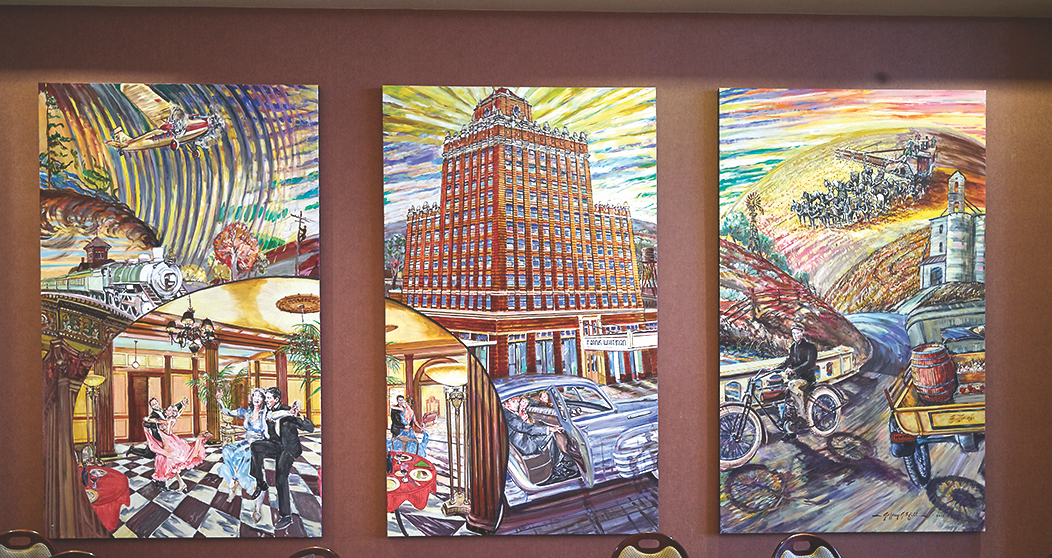
Walla Walla to Toppenish:
Murals of the Wild West
Head west for 75 miles into Toppenish, a town where history is quite literally painted on the walls. Known as the City of Murals & Museums, Toppenish invites travelers to take a self-guided tour of its stunning outdoor murals, each depicting a moment from the town’s past—cattle drives, steam locomotives and Native heritage brought to life in vivid color. To deepen the experience, visit the Yakima Nation Museum & Cultural Center and explore the stories of the Indigenous people who shaped the land long before settlers arrived. Then, step into the Northern Pacific Railway Museum and Yakima Valley Rail & Steam Museum, where historic locomotives stand as a testament to the iron roads that transformed the region. If staying the night, check in at Legends Casino Hotel for a mix of history and modern comfort.
Yakima to Ellensburg:
Cattle and Commerce
Continue west for 35 miles and arrive in Ellensburg, a town where the cowboy way of life is still alive and well. Wander through its historic downtown and visit the Kittitas County Historical Museum, where frontier relics and Western memorabilia bring the past into focus. Art enthusiasts can stop at the Clymer Museum of Art to admire paintings of the untamed West by renowned artist John Clymer. If traveling over Labor Day weekend, experience the adrenaline of the Ellensburg Rodeo, one of the nation’s top rodeo events. Feel the energy as bronc riders, ropers and barrel racers compete for glory. The Ellensburg Rodeo Hall of Fame is dedicated to preserving the rodeo’s history and traditions and well worth a visit. It celebrates the legends, champions, and thrilling moments through dynamic exhibits, artifacts and storytelling.
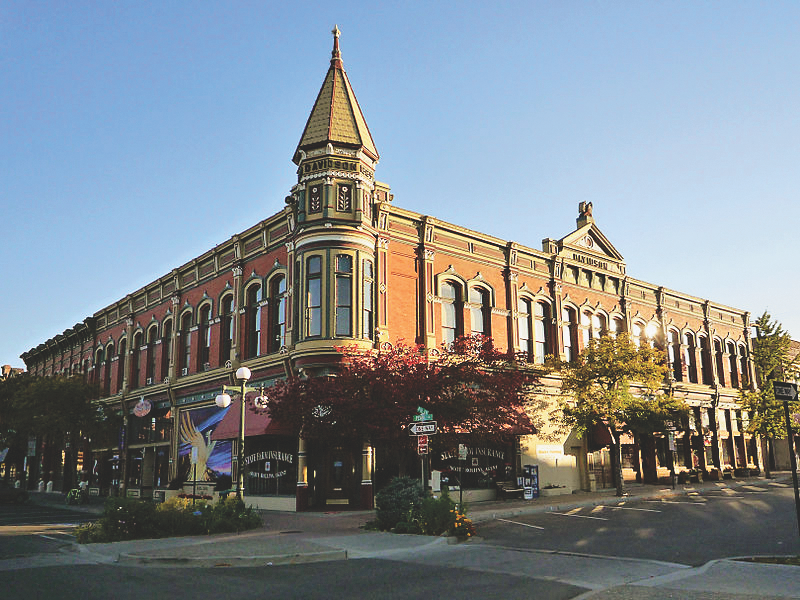
Ellensburg to Centralia:
A Pioneer’s Legacy
Head south for 100 miles, where the town of Centralia offers a glimpse into the resilience of early pioneers. Founded in 1875 by George Washington—a Black pioneer who overcame the odds to establish a thriving community—Centralia remains a testament to determination. Visit George Washington Park & Statue to learn his incredible story. Walk through Centralia’s historic downtown, where the echoes of the past still resonate. Grab a drink at McMenamins Olympic Club Hotel & Theater, where Old West charm meets modern hospitality. Before moving on, step inside the 1912 Centralia Depot, a railway station still connecting the town to its past.
Centralia to Vancouver and Back to Portland
Complete the loop with an 85-mile drive south, returning to Vancouver and eventually crossing the Columbia River back into Portland. As the journey ends, reflect on the footsteps followed along the way—fur traders, pioneers, railroad barons and cowboys who shaped the land. Washington’s history isn’t just preserved in museums—it’s alive in the streets, painted on the walls, and felt in the rumble of passing trains. The spirit of the Old West lingers, waiting for the next traveler to bring it roaring back to life.
